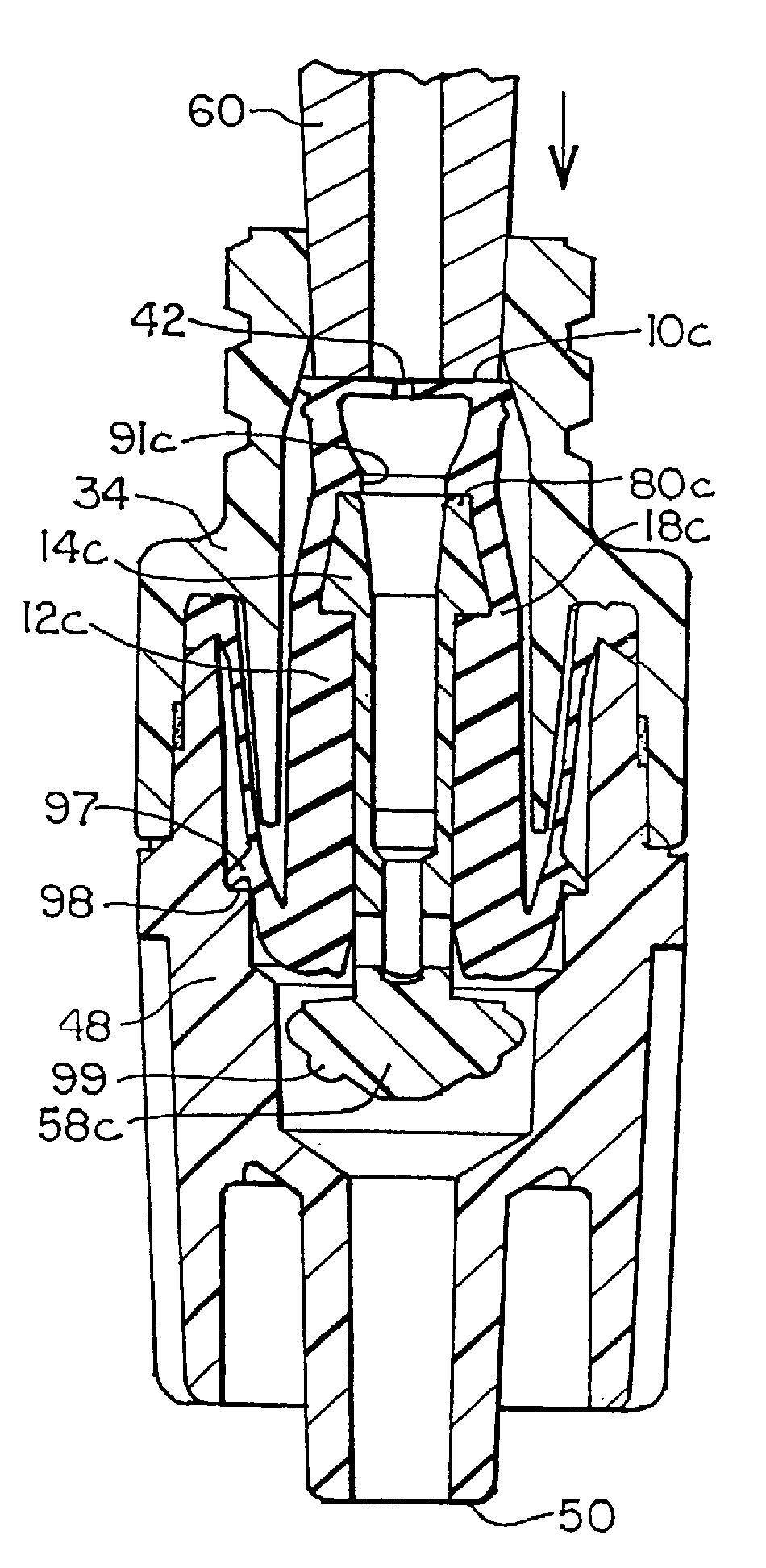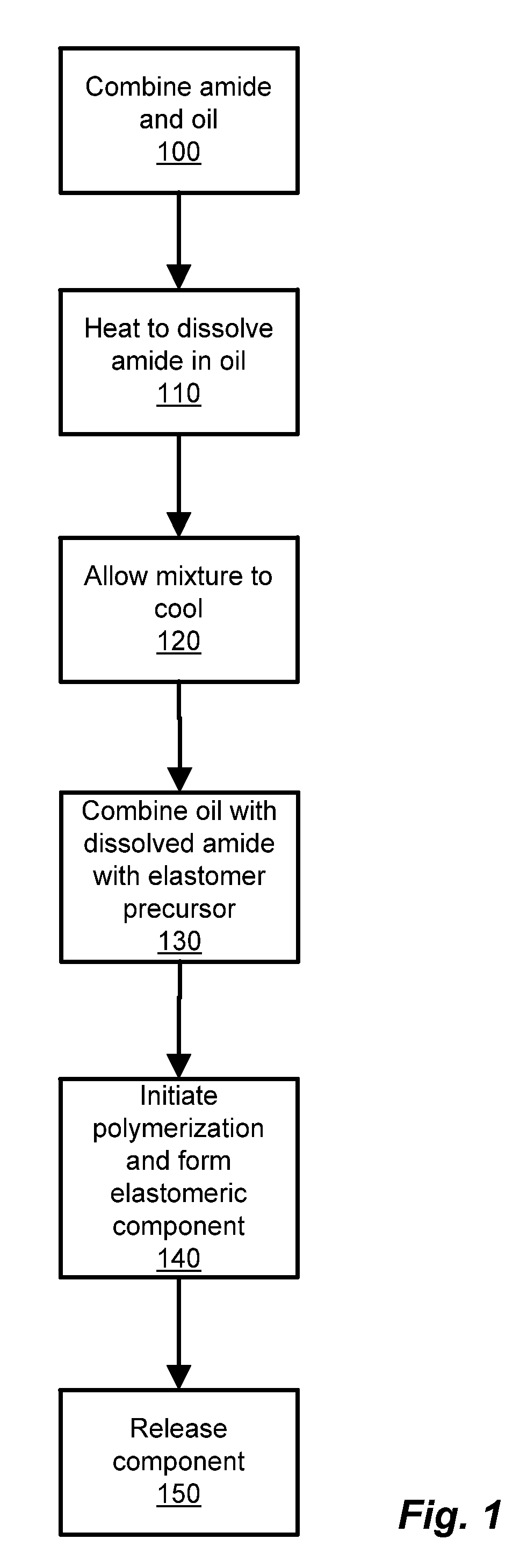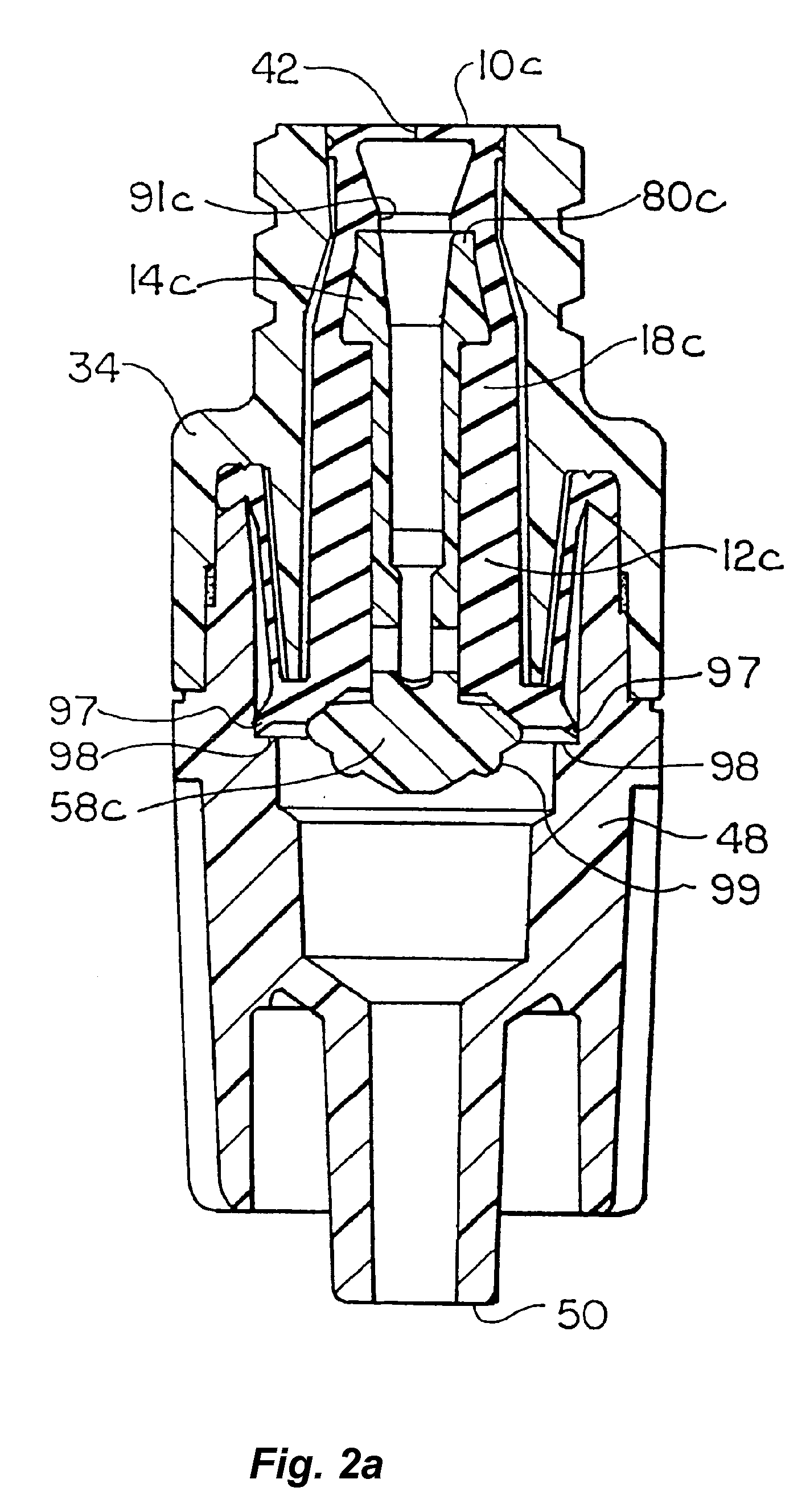Self-Lubricating Elastomeric Components for Use in Medical Devices
a technology of elastomeric components and self-lubrication, which is applied in the direction of mechanical equipment, fuels, other medical devices, etc., can solve the problems of increasing the cost of components, and affecting the quality of medical car
- Summary
- Abstract
- Description
- Claims
- Application Information
AI Technical Summary
Benefits of technology
Problems solved by technology
Method used
Image
Examples
Embodiment Construction
[0021]FIG. 1 shows a flow diagram of a method for producing a self-lubricating component in accordance with an embodiment of the invention. As used herein, a “component” may be an entire device or a part of a larger assembly. The process begins by combining a non-toxic fatty acid amide lubricant with an appropriately compatible, nontoxic oil (step 100). Suitable fatty acid amides include oleamide and erucamide and suitable oils include vegetable oils, such as canola.
[0022]Fatty acid amides such as oleamide and erucamide are typically available as powders that are insoluble in the precursors of elastomeric materials. Thus, if fatty acid amides are included in the process of casting an elastomeric component, residual particles may migrate to the surface of the component, producing a potentially hazardous state. For example, if incorporated into a gland of a medical valve, these particles may migrate to the surface of the gland and enter the vasculature of a patient, causing injury. Ac...
PUM
| Property | Measurement | Unit |
|---|---|---|
| temperature | aaaaa | aaaaa |
| molecular weight | aaaaa | aaaaa |
| resistance | aaaaa | aaaaa |
Abstract
Description
Claims
Application Information
 Login to View More
Login to View More - R&D
- Intellectual Property
- Life Sciences
- Materials
- Tech Scout
- Unparalleled Data Quality
- Higher Quality Content
- 60% Fewer Hallucinations
Browse by: Latest US Patents, China's latest patents, Technical Efficacy Thesaurus, Application Domain, Technology Topic, Popular Technical Reports.
© 2025 PatSnap. All rights reserved.Legal|Privacy policy|Modern Slavery Act Transparency Statement|Sitemap|About US| Contact US: help@patsnap.com



